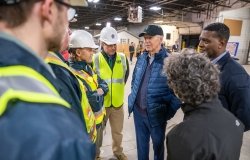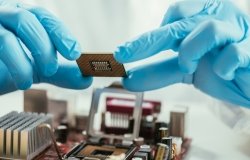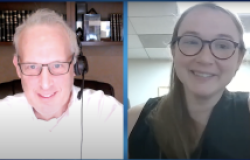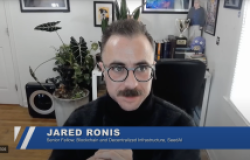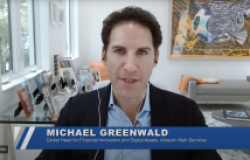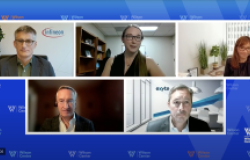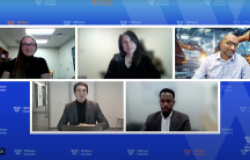Virtual Solutions to Real-World Problems
The Foresight and Governance Project has been exploring how virtual worlds can be used to solve real world environmental problems. Take a tour of the ecological "hot spots" in Second Life, an online 3D virtual world.
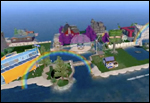 If you have never been in a virtual world, here is your chance to visit one of the most popular, Second Life, and see how people are using this online environment to address real world environmental issues ranging from tackling climate change to fostering more sustainable consumption patterns. The tour will take you to places like:
If you have never been in a virtual world, here is your chance to visit one of the most popular, Second Life, and see how people are using this online environment to address real world environmental issues ranging from tackling climate change to fostering more sustainable consumption patterns. The tour will take you to places like:
- Eolus One, where a virtual world energy management system is reducing energy consumption in real-world buildings;
- Etopia Eco-village which showcases sustainable architecture and sustainable living;
- the Avatar Action Center that seeks to educate Second Life residents about sustainability issues and empower them to take action in their
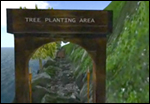 real lives; and
real lives; and - Second Chance Trees where residents plant virtual trees that trigger the planting of endangered tree species worldwide.
Second Life, created by San Francisco-based Linden Labs in 2002, now has over a half million active users, with 40,000 to 50,000 people in-world at any given time (70 percent of these users are from outside the United States). One of the interesting features of Second Life is the existence of an in-world currency (called Lindens) that links directly to real currency and support an extensive range of virtual/real commerce activities. On a typical day, well over $1 million will be spent in Second Life.
Second Life is being used by dozens of universities; corporations such as IBM; government agencies like NOAA, the Centers for Disease Control, and the Library of Congres; and philanthropies. Recently, a Spanish charity group raised enough money through its Second Life awareness campaign, which featured a homeless avatar, to provide a month of healthcare and education for a real-life child. A number of countries have actually opened virtual embassies in Second Life, including Estonia and Sweden.
David Rejeski, who directs the Foresight and Governance Project (aka Nano Hauptmann in Second Life) noted that, "Virtual worlds like Second Life open up a whole new set of possibilities for public sector organizations to engage people and explore new approaches to governance. We should view them as a test bed for running policy experiments in areas as diverse at emissions trading, energy-use reduction, product labeling, or conflict resolution."
The Second Life Eco-Tour is part of a larger project with the Environmental Protection Agency to explore how computer and video game technologies can be applied to environmental issues. The Eco-Tour was developed by UC/Berkeley graduate student Stephanie Gerson (Sequioa Hax in Second Life) and Charles Lawrence (Geuis Teses in Second Life).
Related Links
Related Program

Science and Technology Innovation Program
The Science and Technology Innovation Program (STIP) serves as the bridge between technologists, policymakers, industry, and global stakeholders. Read more


